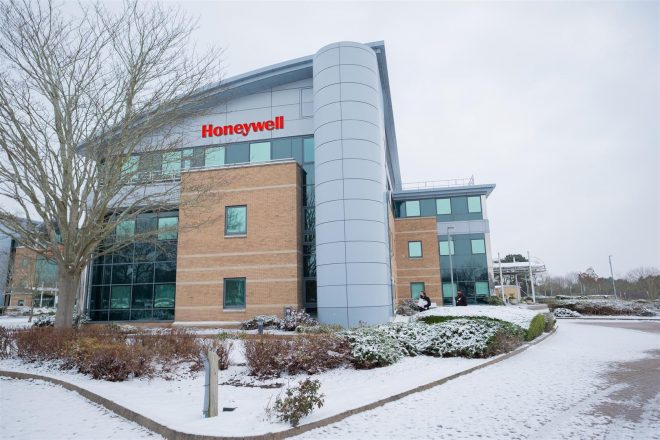Although remote working is here to stay, don’t write off the office yet.
That’s the view of Box Architects’ Angela Newton, who reflected on the completion of three recent workplace projects, and believes the office is emerging from the pandemic with renewed purpose.
Across the UK the number of people working from home rose to nearly 50% during the peak of the Covid-19 crisis. And although employers are still supporting work-from-home (and new government guidelines are encouraging it), office-life still has an important role to play.
“We’re definitely doing more work and receiving more enquiries for office projects, but the priorities are changing,” said Angela, who has recently seen Box complete office projects in Telford, Leicester and Darlington. “People are wanting more choice about where and how they work, and there is demand for more flexible spaces.”
- St James’ House, Telford – former HMRC building transformed into serviced offices with flexible spaces and outdoor areas for post-pandemic return to work
- Honeywell hub, Leicester – office fit-out across three floors to create noise-proof product-testing lab, modern offices, meeting rooms and collaborative spaces
- Public sector offices, Darlington – Five-storey office fit-out for Wates Smartspace with emphasis on open-plan offices, break-out rooms, meeting rooms and café
“When people are coming into the office, the emphasis is on collaboration, so we’re creating more break-out spaces, and small- to medium-sized meeting rooms. In the new Honeywell hub in Leicester, they’re calling them ‘huddle rooms’ – which is a development of the principles originally set out in their interior design guidelines.”
Angela added: “In Darlington, our five-storey office fit-out for a public sector client contains more collaborative spaces than it might have had pre-pandemic. It’s a reflection of changing priorities.
“But there are more video meetings than ever before, so we’ve also needed to create more private spaces – like the little booths in St James’ House in Telford.”
While office design is changing, so too are many of the internal features and fixtures. Automatic doors and motion-activated sinks reduce contact, while many clients are specifying anti-microbial finishes and materials.
“Every aspect of office design has been influenced by the pandemic,” said Angela. “We’ve reacted to what is likely to be day-to-day reality, although for our teams to have delivered three great builds under the constraints of the pandemic is an achievement in itself.”
“People are wanting more choice about where and how they work, and there is demand for more flexible spaces.”
Angela Newton, Associate Director, Box Architects
